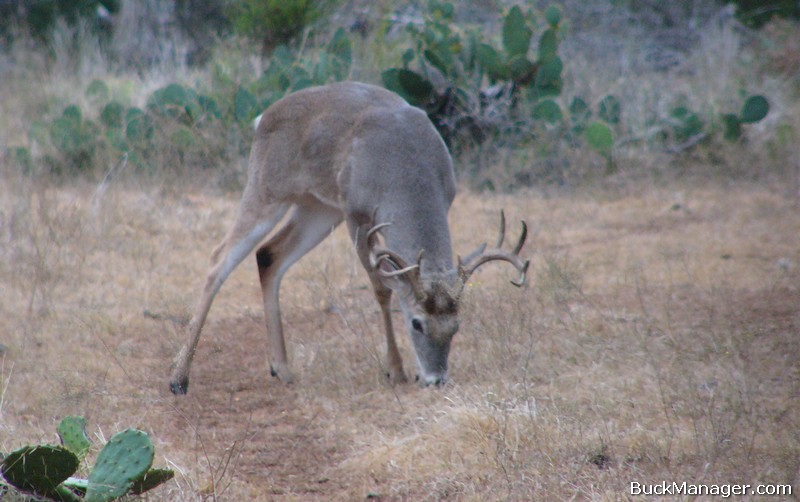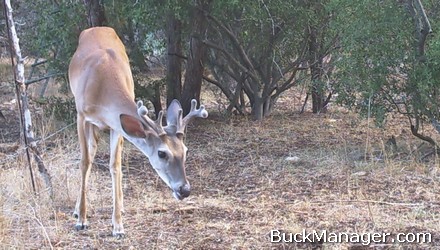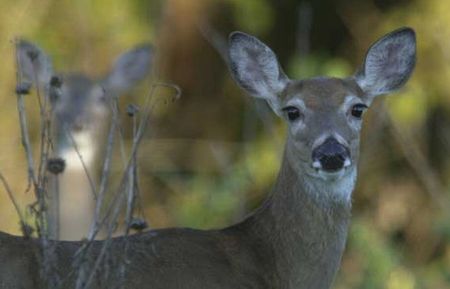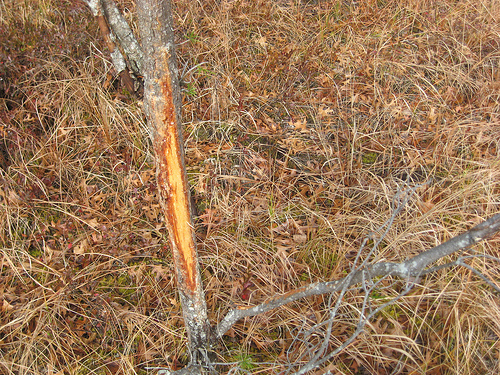Most hunters know that a successful white-tailed deer management program is a multifaceted endeavor. For noticeable changes to be observed in a deer population, the age, genetics and nutrition of the herd must be managed at some level. Because age is an important parameter within a deer population, aging deer on the hoof and then re-evaluating that assessment after “ground checking” based on the deer’s tooth wear is a common practice on many ranches.
After cutting a deer’s check, most hunters expect to see teeth with six teeth per side, with some amount of wear, but most never expect to see a deer with fangs in its upper mouth.
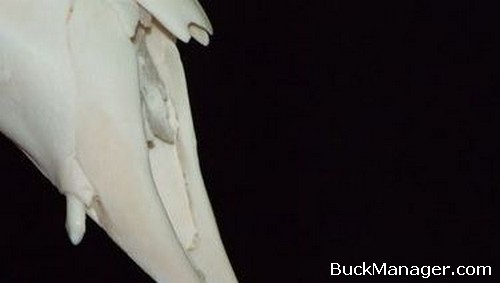
Canine Teeth are Rare
These “fangs” are actually canine teeth. All whitetail have lower canines, but few deer have upper canines. The harvested deer that do have them often go undetected because hunters focus on the teeth located in the bottom jaw when aging, not those positioned on top.
The upper canine teeth that are seen are usually discovered by taxidermist preparing buck deer for European (skull) mounts, not by curious hunters probing around inside an animals mouth. Common sense would make one believe that most ungulates such as white-tailed deer do not have canine teeth, but a small number of deer actually do.
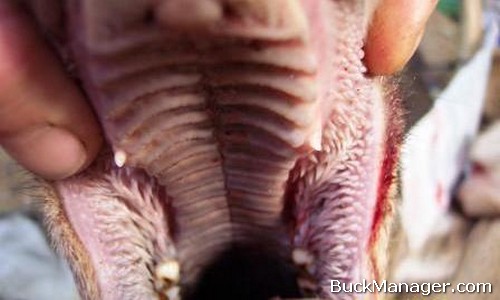
A History of Cervids with Canines
Although most whitetail do not have fangs, there are some ungulates that posses the more appropriately termed canine teeth. But why do these teeth occur at all in deer? Genetics. We have to go back many, many years to understand the relationship between the whitetail and its prehistoric ancestors.
Research suggests that the white-tailed deer evolved from deer that originated in Asia tens of millions of years ago. Several of the deer found on that continent back then had canine teeth. Some, like the Chinese Water Deer and Muntjac (oldest known deer), still do.
Adult Muntjac males have tiny antlers, but have well-pronounced canine teeth that can grow up to three inches in length. In the same manner that whitetail bucks use their antlers to intimidate and fight other bucks during the rut, the canine teeth of Asian deer have similar functions in buck competition during the breeding season. While the whitetail deer’s genetic link to its Asian ancestors has weakened over time, the gene for these vestigial canine teeth still remains.
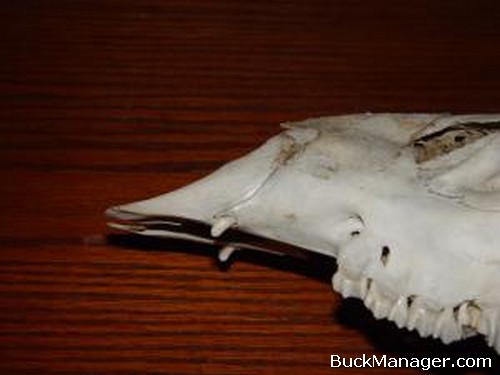
Bucks with Canine Teeth?
Like the Asian deer mentioned above, only whitetail bucks typically possess these small, upper canine deer “fangs.” It’s been reported that whitetail does never grow canines, but there have in fact been documented cases of does having upper canines.
But even when these specialized teeth are not present, deer can pass on the canine gene to their offspring. By the way, whitetail deer are not the only North American cervide with canine teeth. Elk, both male and female, possess canine teeth. In fact, you can age this species based on canine tooth wear.
